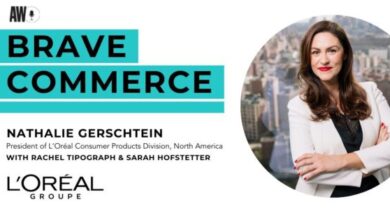
These methods help in accurately isolating the impact of the loyalty program from inherent customer behaviors, but similarly, understanding the costs involves dissecting rewards into categories:
- Tangibles: This includes the cost of items given as rewards, factoring in costs of goods sold.
- Services: For rewards like exclusive events, the cost is determined by the expense of delivering the service, divided by the number of customers benefiting from it.
- Discounts: The cost here is the revenue foregone by offering products or services at reduced prices.
- Intangibles: Rewards like early access or special features typically have no marginal cost to the brand.
From there, you’re able to truly understand the ROI of the program. This is determined by dividing the incremental revenue by the cost of the loyalty program. As you’d expect, a positive ROI indicates that the program is generating more incremental revenue than its cost, while a negative ROI suggests a loss. In addition to these, fixed costs like technology and training should be considered, as they do not scale with the program but are essential for its upfront setup and operation.
It’s also important to remember that numbers are just one part of the equation. While quantitative analysis is vital, so is understanding the qualitative aspects. Asking customers why they joined the loyalty program and how it influences their behavior can provide invaluable insights into the program’s true impact.
Measuring the success of a customer loyalty program is not straightforward. It requires a combination of clear objective-setting, meticulous cost analysis, sophisticated revenue calculation methods and customer feedback. With the right care and consideration, brands can gain a deeper understanding of their program’s ROI and make informed decisions to enhance effectiveness and grow the business.
Source link





